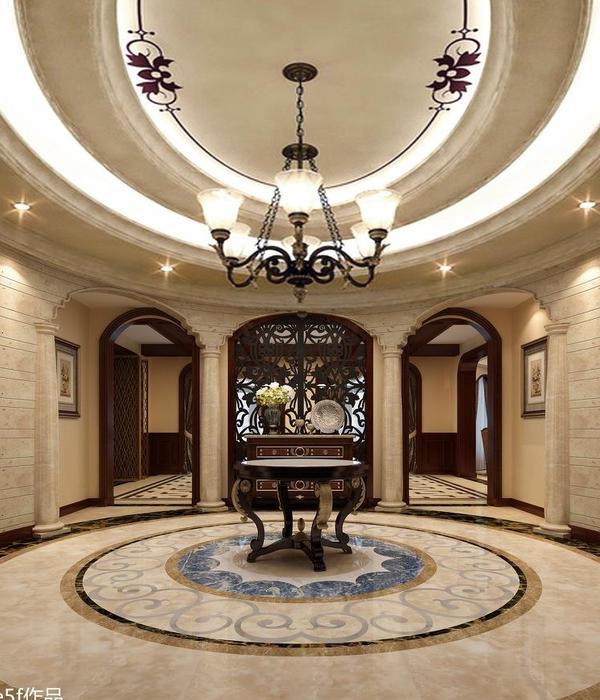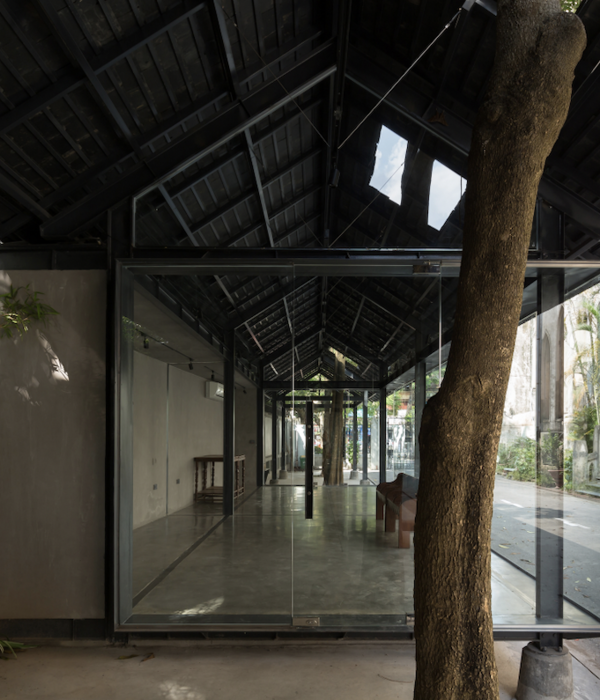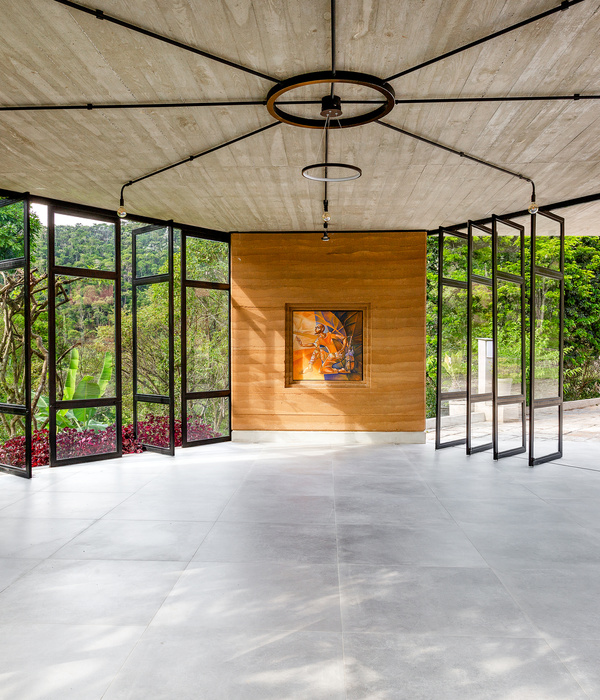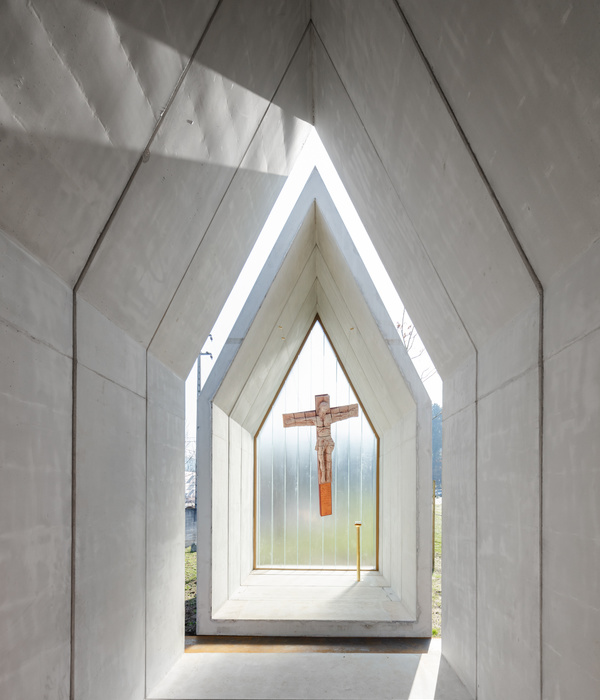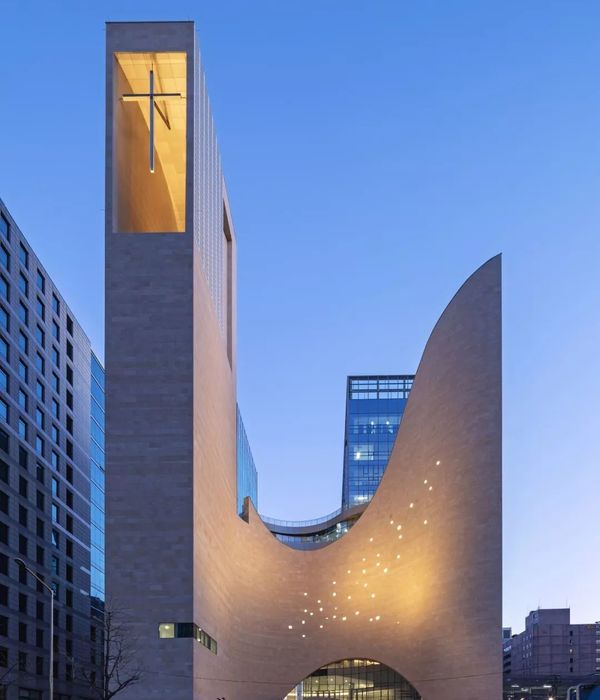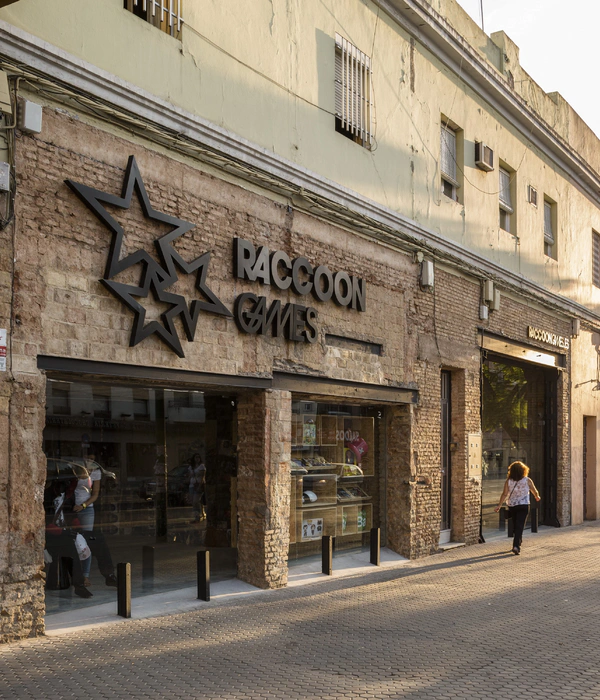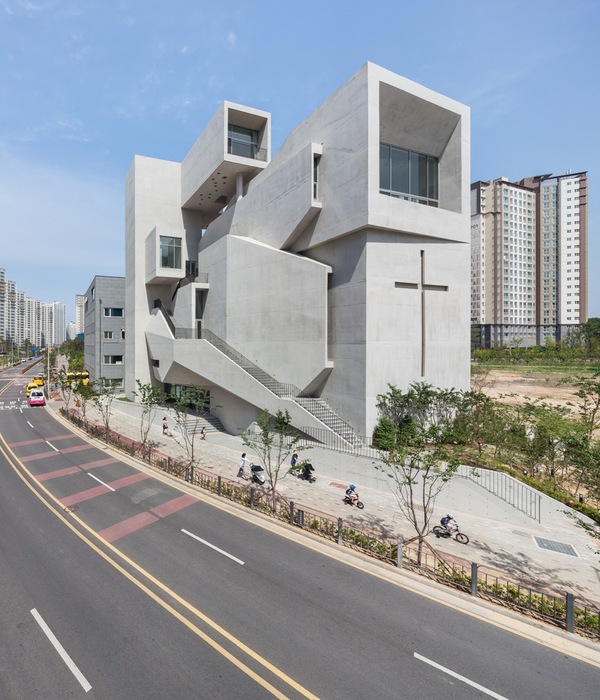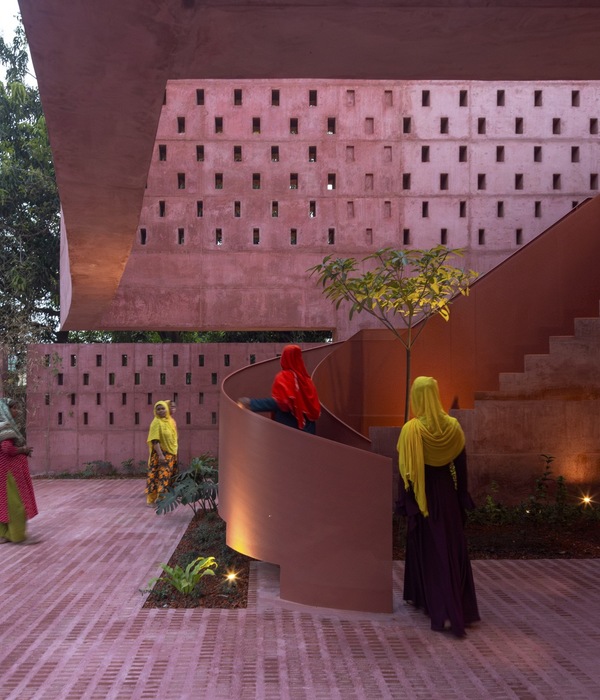Architects:Anderson Anderson Architecture,Atelier FUN
Area:1541m²
Year:2023
Photographs:Zhang Yangyang
City:Dali
Country:China
Text description provided by the architects. The Linden Centre Shaxi Community Campus is nestled in a new national park in Shilong village, along a trail from the historic town of Shaxi in Yunnan, southwest China. It comprises community and cultural facilities, along with small visitor cabins for economic and cultural education purposes. The project is funded by the Development-Oriented Poverty Reduction Program for Rural China and managed by The Linden Centre.
Shilong village, predominantly inhabited by the Bai ethnic minority, retains traditional economic activities such as logging and subsistence agriculture. Due to ecological concerns, these practices are no longer viable in the park, necessitating a shift towards tourism. However, The Linden Centre proposed an alternative vision, aiming to preserve traditional skills while embracing modern construction opportunities.
The design integrates local materials and craftsmanship with international building standards, requiring innovative solutions to merge tradition with technology. The campus layout considers existing environmental conditions, including scars from recent construction and grazing damage. Despite initial challenges, the architects strategically placed the buildings within these scars, preserving the surrounding pristine landscape.
Drawing inspiration from local building traditions, the project employs communal construction methods, where villagers work together using techniques passed down through generations. Traditional materials like stone, rammed earth, and timber are combined with modern elements to create a harmonious blend of old and new.
Existing environmental conditions shape campus form and siting. Although Shilong village is a remarkable work of building craft within a beautiful natural ecosystem, the site was marred by two major scars: the recent construction of a water reservoir and underground pipeline and surrounding meadows disrupted by grazing cattle carving muddy swaths of erosion. On our first site visit, the architects were presented with a remarkable mandate: ” Please stake out the most beautiful site for the project, anywhere you like.” Followed by the mayor’s team wielding hatchets and sharpened stakes, the architects were pressed to establish the location and perimeter of construction.
It was not considered auspicious that the architects became more interested in the pipeline and grazing scars than the more pristine land. On the other hand, it became clear that envisioning an environmentally sensitive project within a beautiful landscape required dealing with these massive scars. We quickly decided to build inside the scars, looking outward onto undisturbed earth. The building site was staked to straddle the straight slash of pipeline excavation, dividing an open grazing area to the east of the pipeline ravine from wilder animal paths carved terraces into the forested hillside to the west.
Driving a great many stakes, we scribbled rude maps as we walked. A survey team followed, committing to digital accuracy to this strange array of unexpectedly many points. The resulting design preserves a pristine landscape, corrects existing scars, and without artifice, obtains an organic formal logic and spatial variety not unlike traditional village construction shaped over time by happenstance, weather and daily life.
The form and layout of the project established for us, we studied the local ways of building, working with craftspeople to adapt traditional techniques to contemporary standards and building codes. For centuries Shilong villagers have worked together as a community team to build and repair. Women and men work together building stone foundations and rammed earth walls. Skilled timber framers then work with large teams of villagers to erect a framework. Lines of townspeople load tiles onto the roofs to be laid in place by smaller teams above.
Shared work creates community and continuity of material and technique throughout the village, across ages. As with the village itself, we built the new project in this same method of local teamwork, using local stone, rammed earth, clay tile, timber columns and beams. To this, we added modern glazing, reinforced concrete where necessary, and manufactured fittings. Of greatest importance to the architects was the traditional stone ground plane constructed as a shared platform aggregating communal space with individual buildings. This stone plinth infrastructure is fundamental to the form and public experience of local villages.
The stone groundwork of the new campus wanders and fills scarred spaces of the site, creating terraces, streets, courtyards, drainage courses and foundations, serving as plinths for the more fragile constructions of rammed earth and timber. A timber bridge springs from the stone on both sides of the artificial pipeline ravine connecting two distinct campus zones: on the east as cultural facilities, dining and gathering spaces; on the wooded west side of the ravine as rammed earth dwelling clusters nestled along lines carved over time by wandering cattle.
While some specialty construction services were provided from the large city of Kunming, the majority of work was provided by the local village, rooting the new campus into the village community, and developing new hybrid skills extending local expertise into a continuing construction industry appropriate to this unique region of China.
Project gallery
Project location
Address:Shilongcun, Jianchuan County, Dali, Yunnan, China, 671302
{{item.text_origin}}



